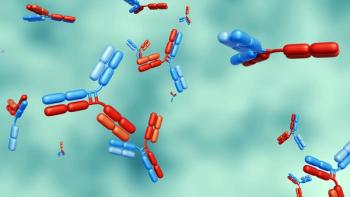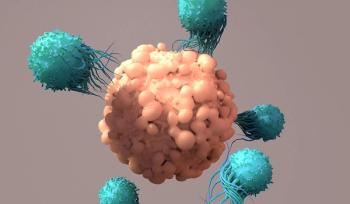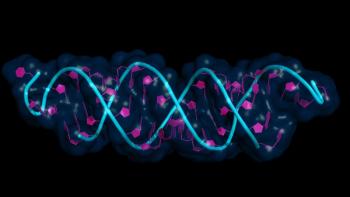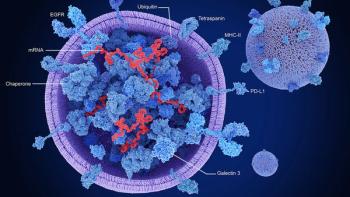
CMC Strategy Forum Takes on Glycosylation
The biopharmaceutical industry has gained a lot of experience in monitoring glycosylation, but still has a lot to learn about the structure–function relationship.
The biopharmaceutical industry has gained a lot of experience in monitoring glycosylation, but still has a lot to learn about the structure–function relationship. That was the overriding conclusion of the Well-Characterized Biotechnology Products (WCBP) CMC Strategy Forum held on January 28, 2007, in Washington, DC.
“The question, ‘Does it matter in the clinic?’ is always difficult to answer with absolute certainty in statistically powered clinical trials,” noted Wassim Nashabeh of Genentech. “So we need an alternative escalating approach that allows us to determine clinical relevance.”
During the afternoon discussion period of the full-day workshop, sponsored by the California Separation Science Society (CASSS, Emeryville, CA,
- Is the protein glycoysylated?
- If no, then stop.
- If yes, then characterize the structures and ask question 2.
- Are novel or potentially antigenic structures present?
- If yes, perform antigenicity studies (or consider changing the expression system)
- If no, then perform structure–activity studies, and ask question 3
- Is glycosylation related to activity?
- If yes, manufacturing specifications are required
- If no, then carry out structure–pharmacokinetics studies, and ask question 4
- Does glycosylation have a significant impact on exposure (pharmacokinetics)?
- If yes, manufacturing specifications are required
- If no, then ask question 5
- Are process consistency measures sufficient?
- If no, set action limits
- If yes, no specification is required
During the discussion, the group agreed that some changes should be made to the flow chart, including adding a question to examine the stability of the molecule (i.e., to see if there is link between the molecule’s chemical stability and its glycosylation).
The Capabilities and Limitations of Available Tools
During the morning session, participants discussed the capabilities and limitations of analytical tools for glycan characterization, general approaches used, and the differences in expectations in analytical techniques used for characterization, versus those used for lot release.
Overall, most seemed satisfied that existing analytical methods suit their principal needs. However, no single technique can provide all the information required for characterization, so a wide range of tools is needed. Everyone agreed that it is best to examine carbohydrates while attached to the proteins, but existing methods don’t allow that in all cases. “Current tools for characterizing some features such as O-glycosylation still have significant limitations,” noted presenter Daryl Fernandes of Ludger, Ltd. He pointed out that a complete biopharmaceutical glycoprofiling scheme requires a blend of glycoanalysis methods for intact glycoforms, glycosylation sites, released glycans, and monosaccharides to measure glycosylation parameters that are relevant to the biology of the therapeutic.
For lot release and in-process monitoring, speed was naturally a bigger concern. “I am okay with the tools we have but my manufacturing folks say my methods are too slow,” noted Joe Siemiatkoski of Biogen Idec, a member of the program committee. “I get results in four days but they want to know by the end of the day if the bioreactor needs adjusting.”
A summary of the workshop, including the revised flow chart, will be posted on the CASSS web site. Workshop presentations, as well as those from the parallel session on bioactivity assays for lot release and stability testing, are already posted (see
Newsletter
Stay at the forefront of biopharmaceutical innovation—subscribe to BioPharm International for expert insights on drug development, manufacturing, compliance, and more.





